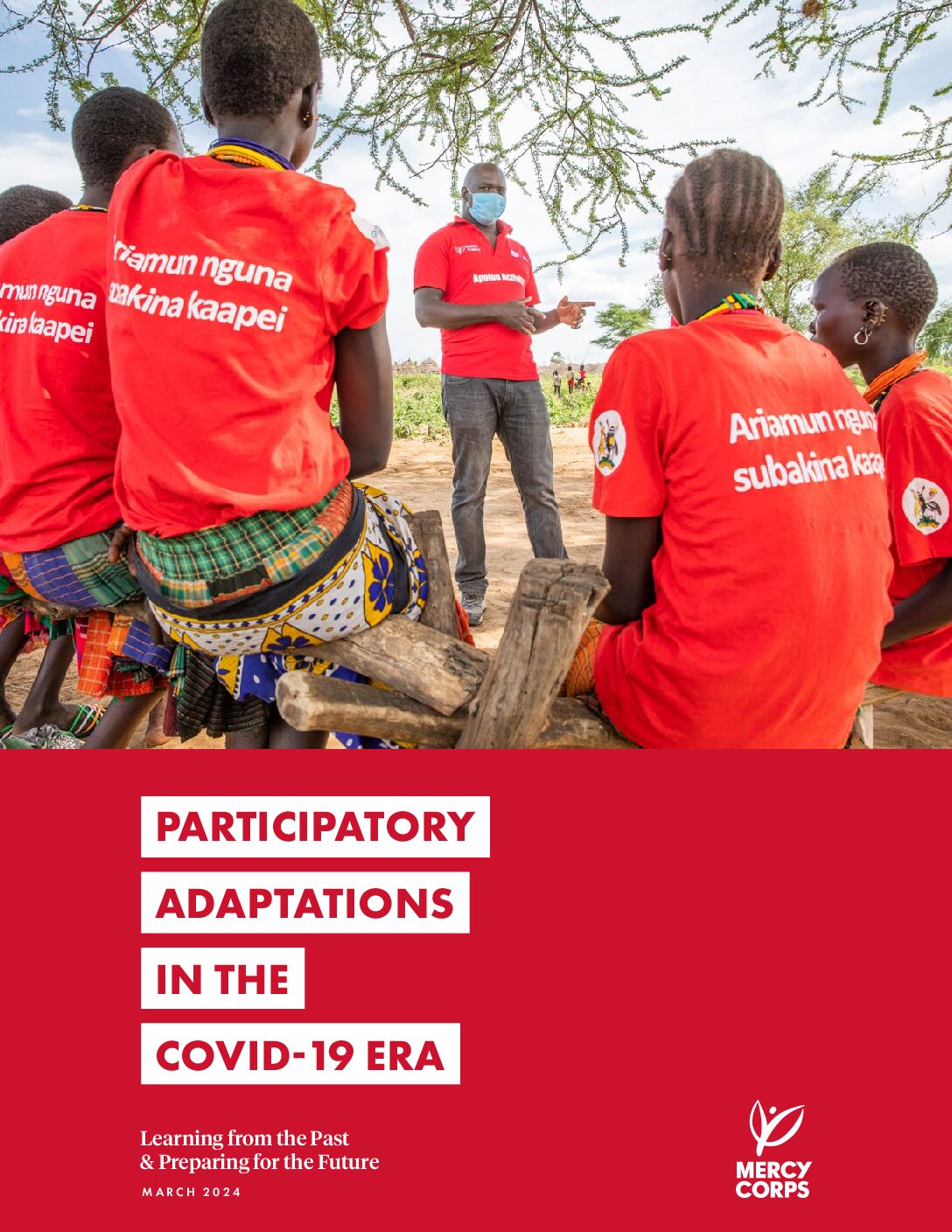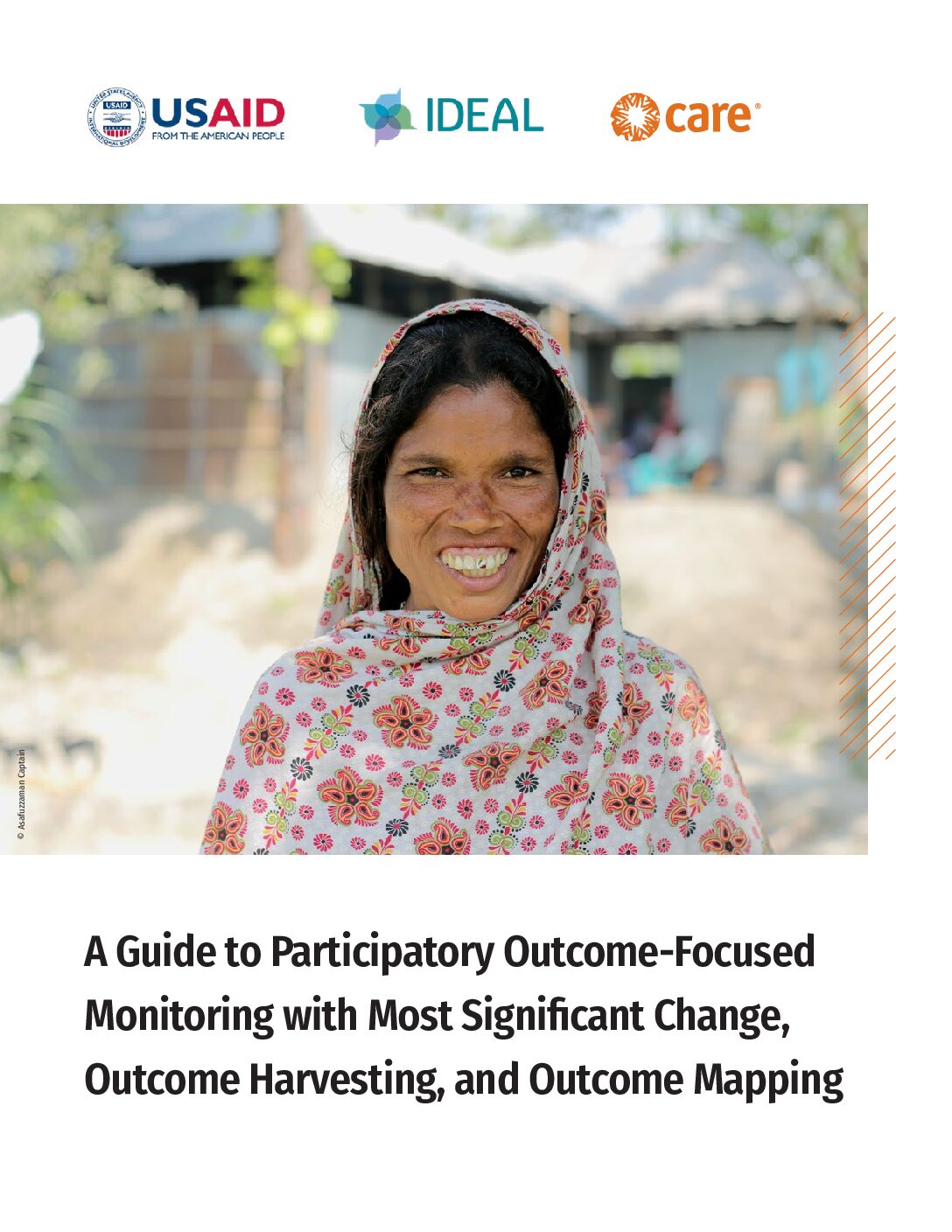This article responds to the growing appreciation of collaboration in terms of achieving organizational “success”, and for results-based protection – achieving protection outcomes. While collaboration is frequently heralded as a critical precondition for success, collaboration often stagnates with organizations merely listing it as a value. This article examines the three pillars of collaboration: culture, people, and leadership to demonstrate how organizations can put collaboration into practice.
To establish collaboration as an operational culture rather than simply an organizational value, leaders should identify and model the kinds of collaborative practices that may further the organization’s mission and encourage exploration in all departments as a regular way of approaching work. Consistent with Outcome-Oriented Methods, this article emphasized the importance of analyzing what kinds of relationships do and do not add value to the organization. Identifying where the organization can exchange or combine resources results will better inform who to talk to in order to achieve greater results.
- By talking about collaboration from the start (staff recruitment and onboarding), an organization is able to position itself for meaningful and sustained collaboration amongst staff. Because it takes more than one actor to solve a problem, collaboration should be integrated into all processes that affect all staff, regardless of their role. If we are looking to add curious, flexible, team players to our organizations, these qualities can be integrated into HR recruitment and hiring assessments. Furthermore, rewarding team members who help foster collaboration internally and externally can help build momentum.
- In order to be successful, all levels of leadership should align around the value of collaboration. Leaders set the tone for an organization, and mixed messages can be sent if leadership does not dedicate the time and resources necessary for staff to be able to effectively collaborate. A good leader is consistent in prioritizing collaboration amongst staff and with external partners, and empowers everyone – from intern to board member – to further the mission of collaboration.
To access the full article, click HERE.



